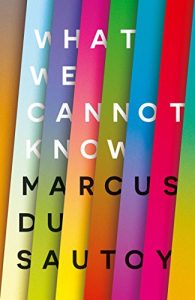Those people who regularly read my articles will know that, although my educational background is that of a scientist, I frequently criticize science in respect of its inability to say anything useful about the nature of reality. Because science can only operate by virtue of a subject making observations on an object, it only has validity in the empirical realm (vyavahAra). Nevertheless, I do acknowledge that science can sometimes throw light upon the thorny topics that we frequently encounter in advaita. An obvious example of this is the findings of Benjamin Libet and Daniel Wegner regarding free will, about which I have written several times. Accordingly, I was very interested to hear recently (on a BBC Horizon program about how we perceive color) that scientists have carried out experiments which demonstrate that language affects the way in which we see the world.
I did not expect to see anything relating to advaita in the program but, when they described an experiment concerning the Himba tribe of northern Namibia, it quickly became clear that this was relevant to the vAchArambhaNa sutras from the Chandogya Upanishad.
Continue reading



